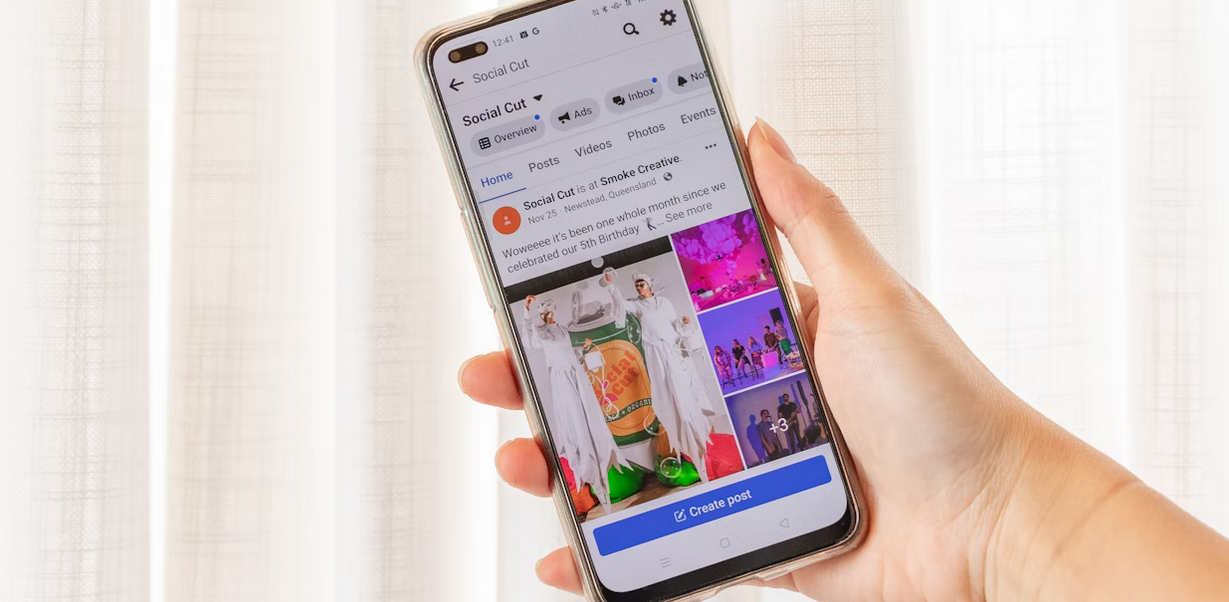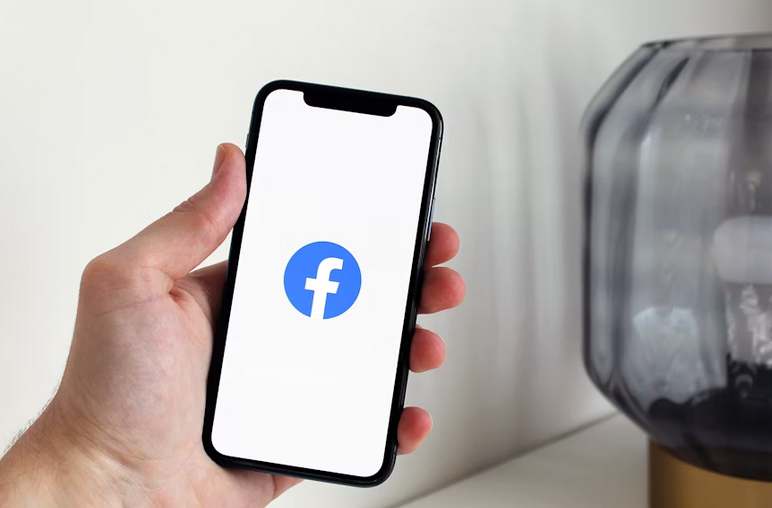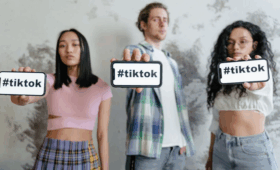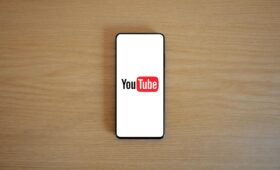Businesses on Facebook face the same challenge: how to be seen. Two popular strategies stand out. One strategy is to buy facebook likes—a shortcut that instantly boosts the number of followers and reactions on a page. The other is running ads. Both rely on technology to boost visibility, but they work in very different ways. Each approach comes with strengths, weaknesses, and long-term consequences.
The Allure of Buying Likes
Buying Facebook likes is appealing for one reason. It is fast. A page with a few hundred likes can suddenly display thousands. This creates the image of credibility. Visitors assume the page is popular. For some businesses, that appearance feels like progress. It may even attract a few real followers curious about the content. The process is simple. Pay a provider, wait for delivery, and enjoy instant numbers. But beyond surface value, questions remain about its impact.
The Structure of Facebook Ads

Running ads works differently. Instead of inflating numbers, ads target real people. Facebook’s ad platform allows businesses to define audiences by age, location, interests, and behaviors. Algorithms then deliver the content to those who are most likely to care. It is not instant popularity. It is measured reach. Each click, view, or conversion comes from a real account. Ads may cost more than purchased likes, but they produce data that businesses can use for long-term strategy.
The Reality Behind Purchased Engagement
Artificial likes do not always reflect real interest. Many come from inactive accounts or bots. They cannot comment, share, or buy products. Algorithms quickly notice when engagement is shallow. Suppose a post has thousands of likes but no discussions, its reach declines. The system is built to favor depth over volume. Buying likes offers short-term visibility but little lasting influence. It is a strategy that looks effective but delivers limited results in practice.
The Role of Algorithms

Facebook’s algorithm is designed to ensure relevance. It pushes content that drives conversation. Purchased likes may trigger temporary recognition, but the system adjusts quickly. Ads align with how the algorithm functions. They bring real users into the conversation, which signals value. This is why ads generally perform better in the long run. The algorithm favors authenticity and penalizes patterns that look artificial. In a platform driven by machine learning, genuine interaction always wins.
Measured Value Over Time
The value of likes and ads diverges over time. Purchased likes bring a temporary boost. Once delivered, there is little else to gain. Ads, on the other hand, generate insights. Businesses learn what content resonates. They track performance and refine campaigns. Authentic engagement builds slowly, but it also builds trust. Over time, ads create visibility that aligns with business goals. That makes them more sustainable, even if the upfront effort is greater.
Trust and Audience Perception

Trust is a factor that technology cannot fake. Customers notice when numbers do not match the activity. A page with ten thousand likes but no comments appears suspicious. Authentic engagement signals credibility. Ads deliver that because they connect with real users. Buying likes cannot replicate that trust. For businesses aiming to create unique communities, authentic growth is the utmost priority. Without trust, the numbers lose meaning.
When comparing both, ads provide more sustainable results. Buying likes creates the illusion of growth, but it does not build meaningful engagement. Ads cost more, but they bring measurable returns. They help businesses reach people who matter and create opportunities for conversion. In the end, the strategy that wins is the one that aligns with real audience behavior. Technology can provide shortcuts, but authentic growth remains the foundation of lasting visibility.




